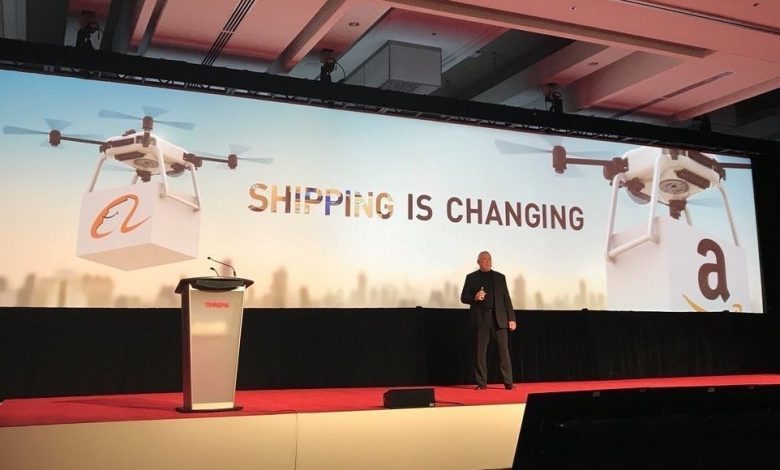Shipping’s digitalisation path must embrace disruption

Mark T. Vassel reports from last week’s Vancouver conference organised by Transas.
Shipping lines looking to harness the full power of digitalisation have to be prepared to wholly disrupt the way they do business.
That was one of the key messages being delivered at Transas’s annual shipping conference, this year being held in Vancouver
With profit margins consistently under pressure across most industry sectors, carriers should resist the temptation to chase digital quick fixes – from ‘all-conquering’ software solutions to distributed ledgers such as blockchain – to first fix the operational inefficiencies that are holding back business performance.
“To get to the place where they can consider digitalisation, companies have to be prepared to disrupt,” Mark O’Neil, CEO, Columbia Marlow Shipmanagement told delegates at the conference. “They have to be prepared to review what they do and how they do it — the processes — to see where improvements can be made. They need to define and achieve process excellence, and then digitalise. There is no point in digitalising what they do today, if it’s not perfect. They’d just be digitalising rubbish.”
Far from the ‘next big thing’, O’Neil described digitalisation as being on a business path along which it will be necessary to adopt new technologies – so, yes, software and hardware play roles – fine tune processes to fit an ever-changing commercial environment and innovate to find new operational efficiencies.
“The reality is that very few operators [are fully digitalised], or even know how to get there. So I would caution companies from rushing off to digitalise and modernise in any way they can before sitting down and establishing what they want to achieve and planning to implement that in a structured way,” he said. “You may not need all that is being talked about.”
The benefits of the digital era were nevertheless there for all to see at the Transas event. But rather than a panacea for all things dysfunctional, digitalisation is simply a tool available to help optimise operations, capitalise on economies of scale or spur innovation in an industry which is prone to shooting itself in the keel from a profitability perspective.
Even the consolidation-hungry industry leaders are pursuing strategies that make it hard to differentiate a product or service and grow profit margins, according to Kris Kosmala, a Splash columnist and the general manager for Qintiq’s business in the Asia Pacific region.
“The big carriers are not focusing on innovating, they are focused on cutting costs. For them, it is all about establishing leadership at the cost and price levels,” Kosmala said. “In a fully competitive industry, prices eventually converge at the lowest competitive level. This is where profit is removed, which is why you need constantly innovate. They are only concentrating on cutting the unit cost of what they offer. Whenever there is an opportunity to offer a lower price to capture cargo, they offer the lower price instead of creating a product that will differentiate them.”
Consolidation may bring economies of scale but, as with digitalisation, it can an extraordinarily expensive process and everything needs to be running smoothly before the benefits can be fully realised. In the meantime, they can be left vulnerable.
“Having spent all that money to consolidate – and achieve economies of scale – you will find the return on investment is simply not there for the initial period,” said O’Neil. “So to then suggest you should spend further huge sums of money on digitalisation, can be a bridge too far. In some cases these companies are left with antiquated legacy systems, where it is questionable whether they are even compatible. That exposes them to hacking.”
In line with the need to take a holistic approach to applying digitalisation, delegates in Vancouver were warned about the danger of cobbling together systems after company consolidation, or even over time.
“Any system that is built from bits and pieces cannot be cyber-secure by default,” said Vladimir Ponomarev, Transas’s vice president of solutions, who estimated that 17% of cyber attacks involved the transport sector last year.
While the eternal path to digitalisation will bring benefits, proponents can expect to meet with resistance from unexpected sources, warned O’Neil.
“The strongest resistance can come from vested interests, including your IT department,” he said. “They are at the forefront of the IT knowledge base and they do not want to see their influence lost. Which is why corporate digitalisation needs to be lead from the top. You need the CEO and the board leading the digitalised process or you will not get buy-in at the critical lower levels.”
